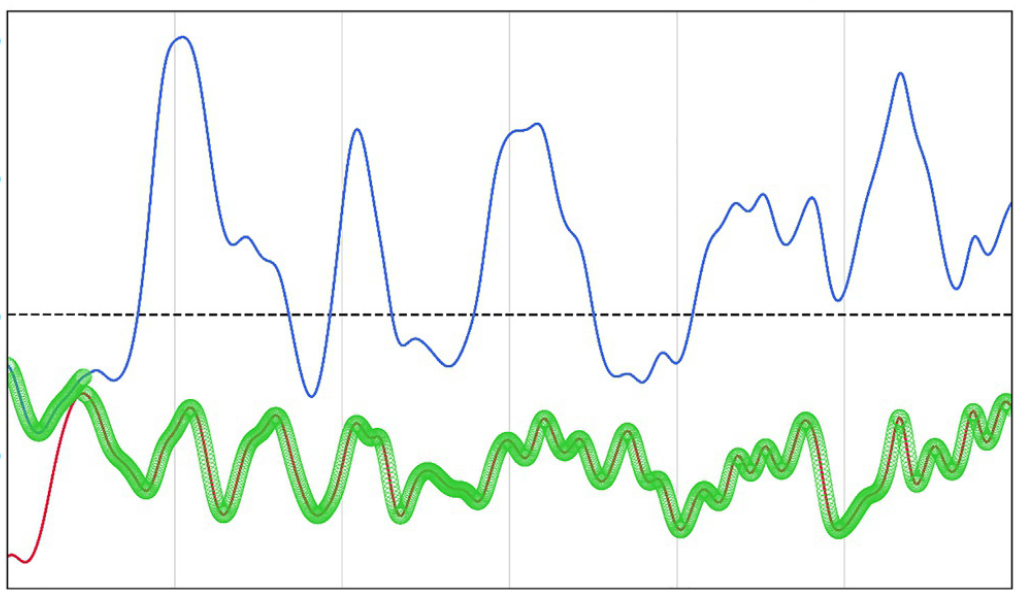Book chapter delivers a “best-practice” guide on TDDFT.
In brief:
- Fundamental and practical aspects of TDDFT are discussed.
- The main methodological problems are accessed.
Linear-response time-dependent density functional theory (LR-TDDFT) in the adiabatic approximation is one of the most popular methods for calculating excited-state properties of molecular systems.
This book chapter — written by Miquel, Nicolas, and I — provides a contemporary overview of the method [1].
We start presenting the formal foundations underlying TDDFT. Then, we access its practical use for calculating vertical excitations and potential energy surfaces, including conical intersections. Finally, we discuss the use of LR-TDDFT for excited-state nonadiabatic dynamics.
Diverse variants of the method and alternative ways to predict excited states based on DFT are presented as well.
Throughout all these sections, our goal has been to highlight the strengths and weaknesses of the method, to provide a guide for best practice when using LR-TDDFT.
This chapter is part of a book edited by Leticia Gonzalez and Roland Lindh on quantum chemistry and the dynamics of excited states [1].
MB
Reference
[1] M. Huix-Rotllant, N. Ferré, and M. Barbatti, Time-Dependent Density Functional Theory: from the Fundamentals to Nonadiabatic Dynamics, in Quantum Chemistry and Dynamics of Excited States: Methods and Applications, edited by L. González and R. Lindh (Willey, 2020), p. 15.


